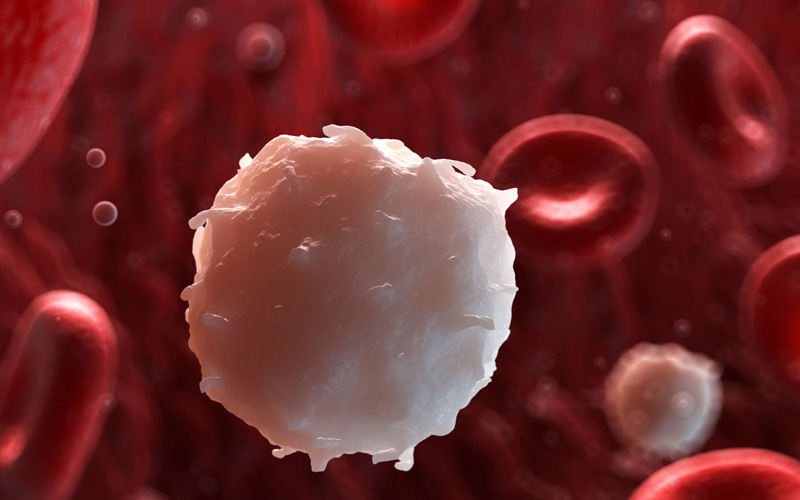
Think of white blood cells as your germ-fighting army. These cells are continually on the lookout for signs of disease.
When germs appear, white blood cells have a variety of special tactics they can deploy to knock out the invaders. In some cases, they produce protective antibodies to overpower the germs. Other times, white blood cells surround and devour the bacteria.
You might say that white blood cells live fast and die young. They have a rather short life cycle, surviving only a few days to a few weeks.
But don’t let that number give you the impression that white blood cells are fragile. They have strength in numbers: A drop of blood can contain anywhere from 7,000 to 25,000 white blood cells at a time. That number may increase if an invading infection persists.
Too much of a good thing?
Even with all of their disease-fighting power, having too many white blood cells can actually be a bad thing. For example, a person suffering from Leukemia, a cancer of the blood, may have as many as 50,000 white blood cells in a single drop of blood.